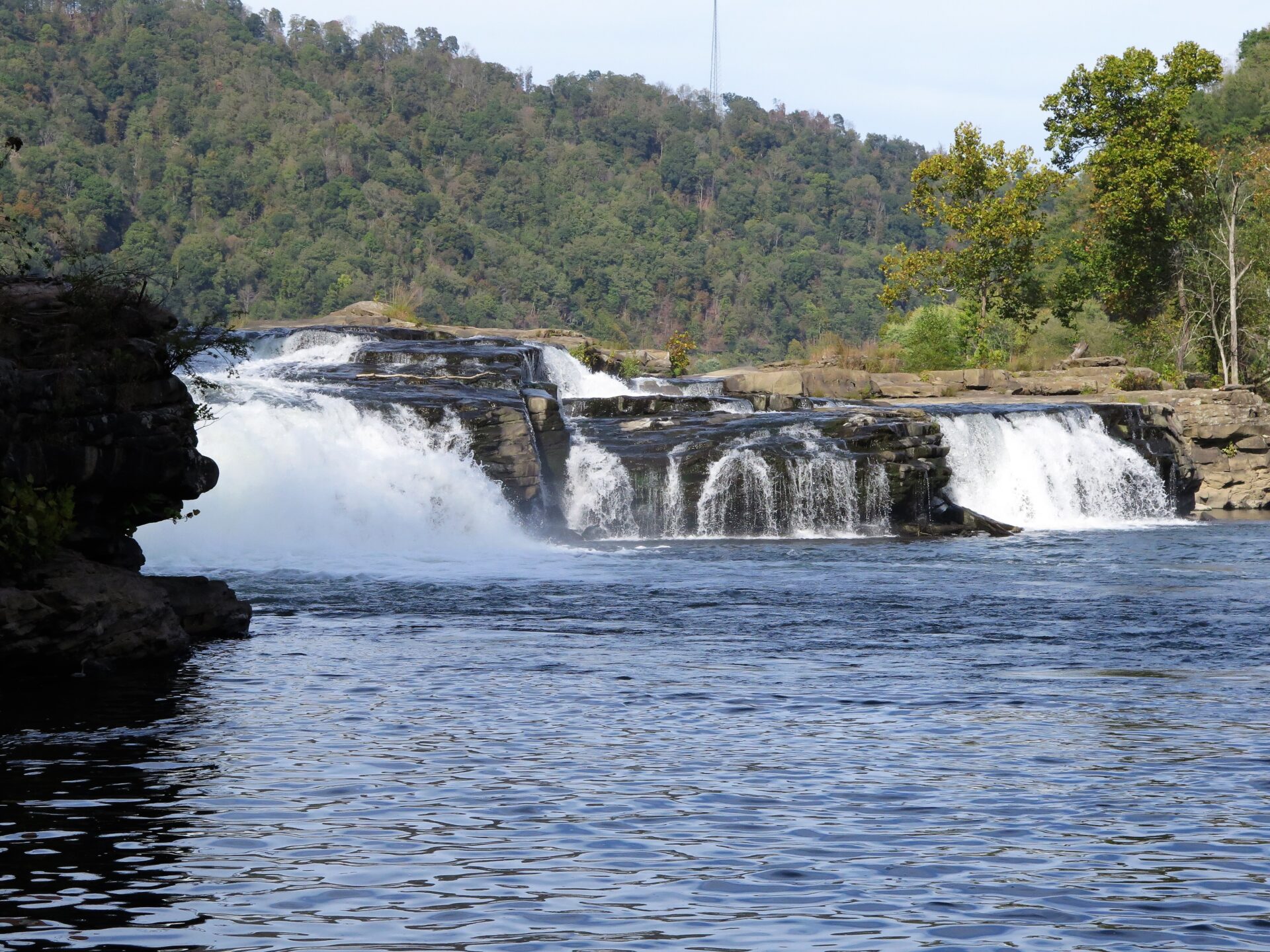During extreme temperatures this week, health and safety experts advise the public to avoid the heat if possible. If they can’t, stay hydrated, wear loose-fitted clothing and limit outdoor physical activity to the mornings and evenings to avoid heat stroke.
Heat stroke is a condition caused by the body overheating. A classic heat stroke is caused by exposure to extreme environmental heat, while an exertional heat stroke occurs during physical activity performed in extreme heat.
Symptoms of a heat stroke include high body temperature, altered mental state or behavior, nausea and vomiting, flushed skin, rapid breathing, racing heart rate and headache.
Samantha Scarneo-Miller is the director of the Master of Science in Athletic Training Program at the WVU School of Medicine. She is an expert in exertional heat stroke.
“When we talk about exertional heat illnesses, we want to avoid doing any type of physical activity or intense physical activity during the hottest times of the day,” Scarneo-Miller said. “That’s when the environmental stressors are just going to be too hard for us to be able to thermoregulate properly. If we are going outside and doing things, it’s important that we’re wearing loose-fitting clothing and white colors, we want to try to mitigate heat stress as much as we can.”
Scarneo-Miller said infants and the elderly are at the most risk for classic heat stroke and should try to remain indoors as much as possible during the heat wave.
“The science is suggesting that their (infants and the elderly) thermal regulation is impaired or not working at all,” Scarneo-Miller said. “So for those types of people, they should try to remain indoors in air conditioning as much as they can. Of course, it’s okay to go sit outside for a few minutes, and enjoy the fresh air, but they should not be outside for prolonged periods of time.”
If you think a person may be experiencing heat stroke, seek immediate medical help by calling emergency services. Then, take immediate action to cool the overheated person while waiting for help to arrive.
“When we have somebody who’s having an exertional heat stroke, it’s important that we cool them as fast as possible,” Scarneo-Miller said. “So we want to get them into a cold water immersion baths, or any type of vessel that can hold water and a lot of ice so that we can cool their body temperature as fast as possible…we want to get them cooled down as fast as possible.”
On Tuesday, the Occupational Safety and Health Administration (OSHA) issued a reminder to West Virginians about a free safety app available on iPhone and Android smartphones, to prevent heat illness.
The app can help determine when the best time of the day is for outdoor activity by showing a visual indicator of the current heat index in your current geographical location.
Cooling Centers
After the National Weather Service issued an excessive heat watch for the coming week, cooling centers are opening statewide to serve communities.
The Cabell County Library, at 455 9th Street, Huntington has been designated as a cooling center, offering air conditioning, water and books during regular business hours.
Logan County’s Nighbert Memorial Methodist Church will serve as a cooling center from 9 a.m. to 4:30 p.m. each day except Wednesday.
According to the City Manager of Bluefield, Cecil Marson, the Bluefield Union Mission, located at 2203 Bluefield Avenue, Bluefield is, “open to the public for folks in need.”
In the northern panhandle, The Brooke Hancock Family Resource Network opened a cooling center at 1300 Potomac Avenue, Suite C, Weirton for the residents of Brooke and Hancock Counties. It operated from 9 a.m. to 5 p.m. on Monday and Tuesday, but did not see many families in need. Training and Resource Specialist, Rita Hawkins said Tuesday the cooling center will not reopen on Friday, after the Wednesday and Thursday holidays for Juneteenth and West Virginia Day.
In the capital city of Charleston, United Way of Central West Virginia is collaborating with local partners to establish cooling centers. The City of Charleston CARE team and Kanawha County Collective will provide water and popsicles during their outreach services.
According to the United Way of Central West Virginia, the following locations will be open to the public to cool off from sweltering temperatures.
Operational on Tuesday, June 18 through Friday, June 21:
Bream SHOP
319 Washington Street West, Charleston
Operating Hours: 11:00 a.m. to 7:00 p.m.
Centralized Assessment Office
1015 Smith Street, Charleston
Operating Hours: 8:30 a.m. to 7:00 p.m.
Operational on Tuesday, June 18 and Friday, June 21:
Kanawha City Community Center
3511 Venable Avenue, Charleston
Operating Hours: 9:00 a.m. to 9:00 p.m.
Manna Meal at Garnet
422 Dickinson Street, Charleston
Operating Hours: 7:00 a.m.- 1:00 p.m.
Martin Luther King Jr. Community Center
314 Donnally Street, Charleston
Operating Hours: 9:00 a.m. to 9:00 p.m.
North Charleston Community Center
2009 7th Avenue, Charleston
Operating Hours: 9:00 a.m. to 9:00 p.m.
Roosevelt Community Center
502 Ruffner Avenue, Charleston
Operating Hours: 9:00 a.m. to 9:00 p.m.
Operational on Saturday, June 22:
Kanawha City Community Center
3511 Venable Avenue, Charleston
Operating Hours: 9:00 a.m. to 5:00 p.m.
Martin Luther King Jr. Community Center
314 Donnally Street, Charleston
Operating Hours: 9:00 a.m. to 5:00 p.m.
North Charleston Community Center
2009 7th Avenue, Charleston
Operating Hours: 9:00 a.m. to 5:00 p.m.
Operational on Saturday, June 22 and Sunday, June 23:
Centralized Assessment Office
1015 Smith Street, Charleston
Operating Hours: 1:00 p.m. to 7:00 p.m.
Manna Meal at Garnet
422 Dickinson Street, Charleston
Operating Hours: 7:00 a.m. to 1:00 p.m.
Appalachia Health News is a project of West Virginia Public Broadcasting with support from Marshall Health.
